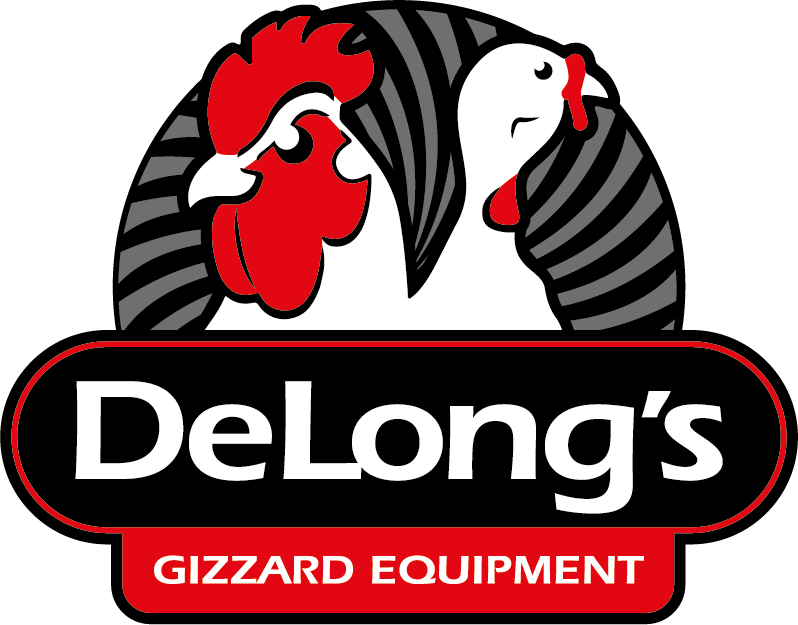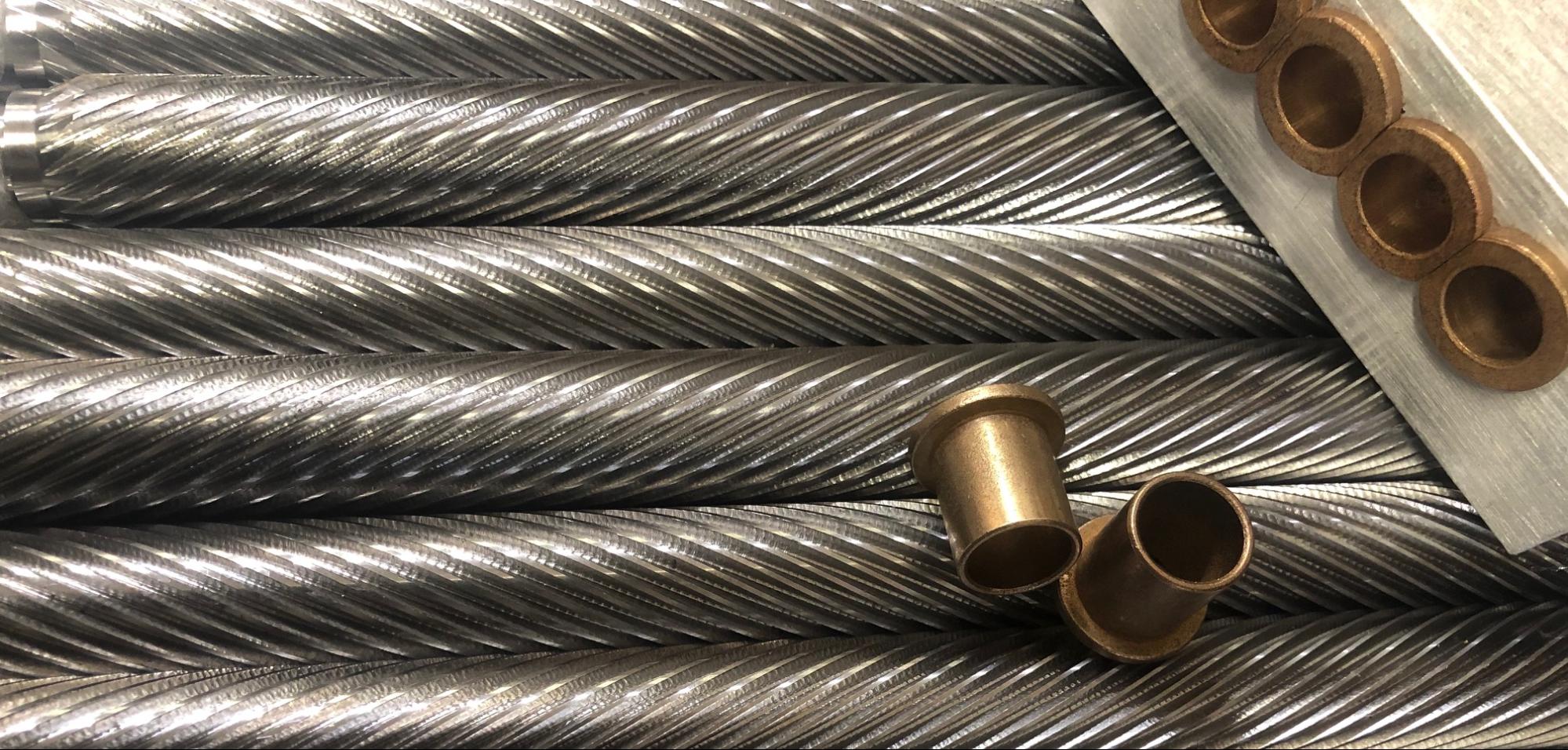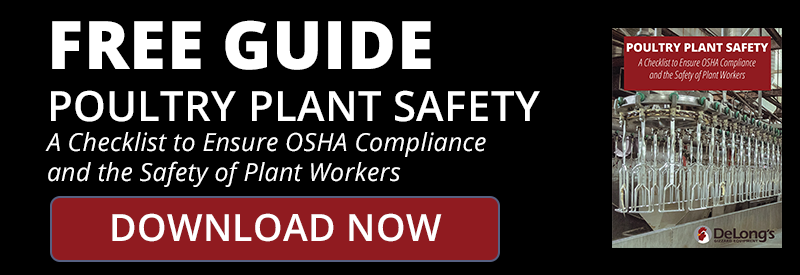
06 Jun Importance of Safety Regulations
Safety in any work environment should be of utmost importance. The difference between a close call and a worker fatality can be as little as choosing to wear protection equipment or ensuring a lockout is in use. Safety standards set by OSHA, the Occupational Safety and Health administration, ensure that employers are maintaining safety standards and that employees risks are being taken seriously.
In times before OSHA was established, there was no set way of regulating personal protection equipment, nor ergonomics programs established to prevent musculoskeletal injury. Agreeably, employees were found obligated to have a grasp on their rights as employees. Luckily, OSHA has created strict standards that minimize risk and assure employees of their rights.
What Kinds Of Hazards And Threats Might You Encounter In The Poultry Processing Industry?
The poultry and meat processing industries pose a variety of risks to employees and are among the most dangerous environments to work in. From illness, to physical harm, there are a variety of dangers that exist in the poultry processing industry. Let’s take a look at some of the hazards you might come across:
- Avian Flu – Without proper personal protective equipment workers may be exposed to avian flu when working with poultry.
- Electrical Accidents – Employees can be exposed to dangers such as electric shock, electrocution, fires, explosions, and unsafe electrical installations.
- Ergonomics/Musculoskeletal Disorders – Repetitive actions can cause wear and tear on the body that might result in musculoskeletal disorders or effect ergonomics. A program should be set in place to prevent these negative effects on workers.
- Evacuation Mishaps – In the case of an emergency, employers should have explained and trained their employees on proper evacuation procedure. Exit doors should not be blocked or locked when employees are in the building.
- Fire Hazards – Fire is always a serious threat that can cause excess amounts of damage. Fire retardant paints should be used, and appropriate lighting and markings leading to exits should be visible. Fire alarms and sprinkler systems should also be functioning and prepared for incidents like this one. Proper evacuation plans should be disseminated amongst employees in the case of a fire.
- Hazardous Chemical Exposure – Exposure to hazardous chemicals is not uncommon in the poultry processing industry. Here are some examples of chemicals that are usually found in poultry processing plants.
- Ammonia – Often used for refrigeration. Could cause irritation of the eyes and respiratory tract.
- Chlorine – Often added to water as a disinfectant used in washing birds. May cause respiratory irritation and breathing difficulties. Chlorine is also frequently added to was and chiller bath water; if used in excessive concentrations it can cause irritation symptoms.
- Carbon Dioxide – Occasionally used in the form of dry ice to keep meat cold. Inhaling CO2 can cause an increase in breathing rate, which could lead to shortness of breath, dizziness, and vomiting.
- Hydrogen Peroxide – Sometimes used as a disinfectant. These chemicals may cause eye, nose, and respiratory irritation.
- Peracetic Acid – Occasionally used as a disinfectant, and is linked to respiratory irritation.
- Lack of Lockout/Tagout Features – During maintenance of machines lockout and tagout features must be present and appropriately affixed. The unexpected start up or release of stored energy could cause injury to employees or maintenance workers.
- Machine Guard Malpractice – Moving machine parts have the potential to cause severe injuries such as crushed body parts, amputations, lacerations, burns, or blindness. Machine guards are essential to prevent machine related injury.
- Overexposure to Noise – Machines and other plant processes can cause severe noise-induced hearing loss and ear damage. Proper personal protective equipment (earplugs or earmuffs) should be utilized to prevent the damage noise could do to your ears.
- Respiratory Problems – Respiratory problems can arise from chemical inflation and other unsanitary processes. Proper personal protective equipment (respirators, full body suits, and masks) should be used when working with potentially harmful material.
- Slips and Falls – Slips and falls are huge threats in crowded factories that contain temperamental contents and dangerous heavy machinery. Proper personal protective equipment such as non slip shoes should be used at all times when on the job. Proper sanitation methods should also be utilized to reduce the chance of slipping conditions being prevalent in the workplace.
So What Does OSHA Do To Help?
OSHA provides employers and workers with general information about all of the above topics. They provide effective strategies for controlling and preventing exposure to illness and injury. You can also find information on how to train workers to understand their risks, appropriate behavior and precautions in the workplace. Thanks to OSHA and other governmental agencies that set safety standards, employees can rest assured that employers will be held accountable for violations and have a clear way of handling risks.
For more information about safety in poultry processing plants, check out our latest free guide, Poultry Plant SafetyChecklist.
*Image courtesy of Freepik



